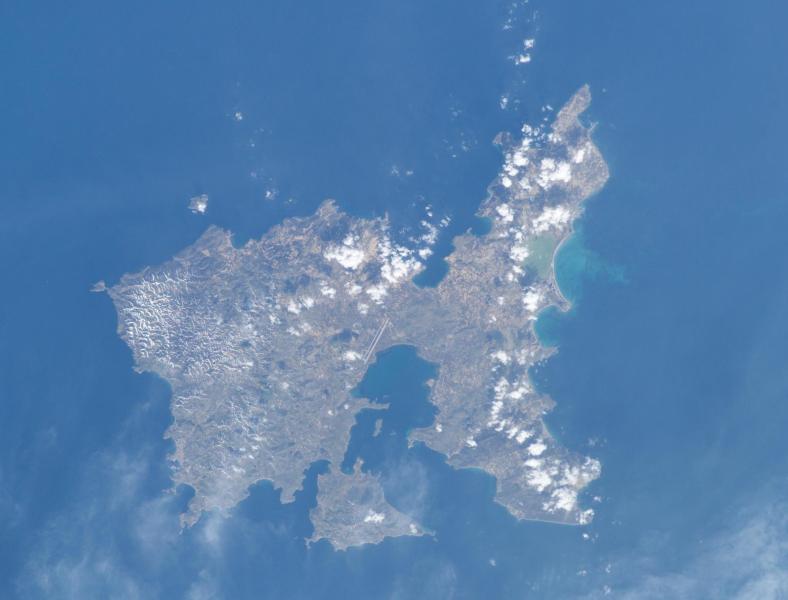- Read offline
- Access all content
- Use the in-app Map to find sites, and add custom locations (your hotel...)
- Build a list of your own favourites
- Search the contents with full-text search functionality
- ... and more!
Lémnos
A very different island

Lémnos (or Límnos) hardly fits any Greek island stereotypes. Greece’s eighth largest island is volcanic but lies low, with gently rolling hills: a green carpet in the spring that goes yellow-brown in the summer, dotted with vines, wheatfields, quirky scarecrows and beehives producing a famous thyme honey; until the 1960s its main export was cotton. It has Europe’s only proper desert and a salt lake.
But the main occupation of Lémnos has long been military, thanks to Moúdros Bay, a magnificent natural harbour strategically near the mouth of the Dardanelles. It was the launching point for the disastrous First World War Gallipoli Campaign; many who visit come to Moúdros Bay to see where their ancestors served.
With its long sandy, relatively undeveloped beaches along its 310km coastline and increased air links (there are now international flights from Prague and Vienna), Lémnos attracts other tourists as well, but it’s still far from being overrun.
What the Greeks drank at Troy
Images by ale3andro, Alessandro Arzilli, Athanasios lampridis, Catlemur, Giorgios, KC, Lemnos Anzac, Limnos report, Limnos Wines, michael clarke stuff, NASA, SP David, Stephanja, Thanassis, transrered to commons by Μυρμηγκάκι, Unknown authorUnknown author, User:Digr, ΑΝΝΑ ΜΠΟΥΚΟΡΟΥ / Annaboukorou at Greek Wikipedia, Σαλαμούρας Σπύρος

